Join us on a unique Italian adventure! Over the course of three months, we explored the best tourist attractions Italy has to offer.
Our travels took us from the sun-drenched Amalfi Coast to the historic streets of Rome, showcasing a stunning collection of destinations that only Italy can present.
Keep reading to embark on a virtual journey exploring Italy’s 100 most unforgettable sights—your adventure awaits!
Top 100 Tourist Attractions in Italy to Visit
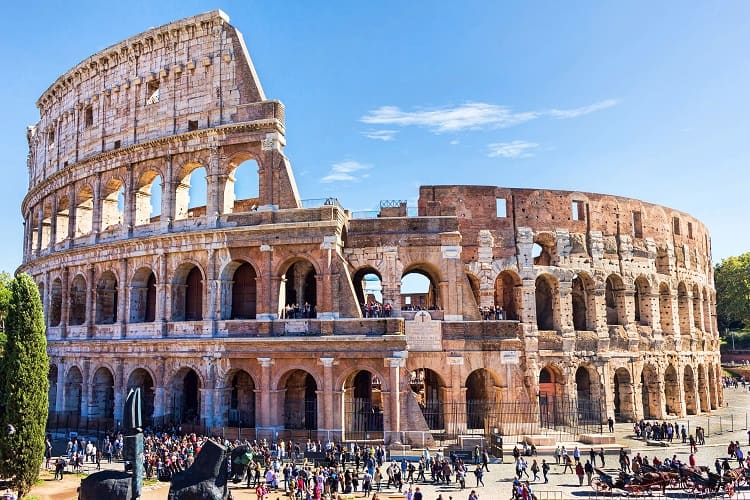

1. Colosseum, Rome: An ancient amphitheater and an iconic symbol of Imperial Rome.
2. Vatican City: An independent city-state home to St. Peter’s Basilica and the Sistine Chapel.
3. Venice Canals: A network of enchanting waterways that serve as the city’s main transportation routes.
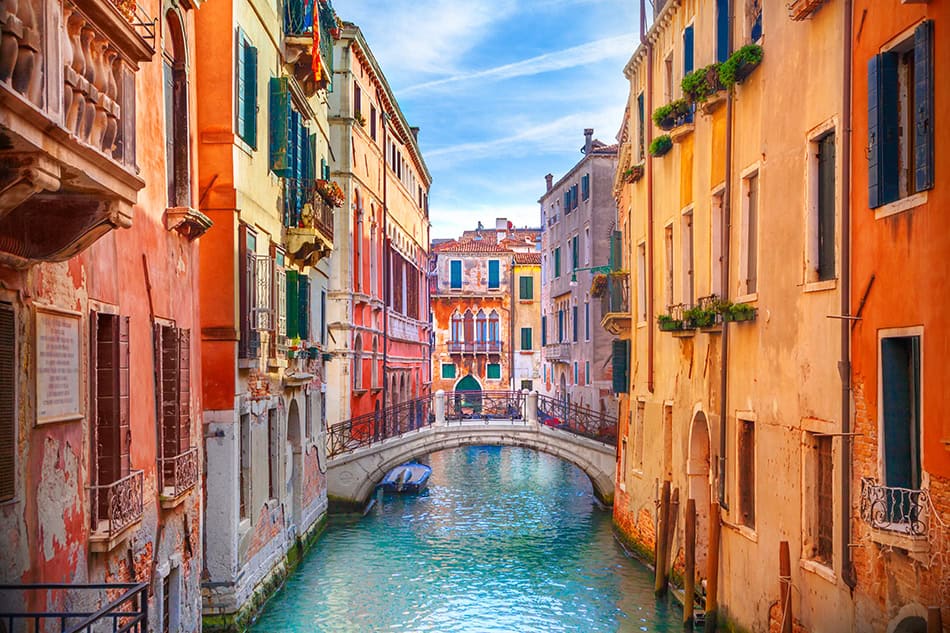

4. Leaning Tower of Pisa: The famous tilted bell tower located in Piazza dei Miracoli.
5. Florence Cathedral (Duomo): A massive Gothic cathedral with an impressive dome.
6. Trevi Fountain, Rome: A stunning baroque fountain renowned for its coin-tossing tradition.
7. Amalfi Coast: A breathtaking stretch of coastline featuring picturesque towns.
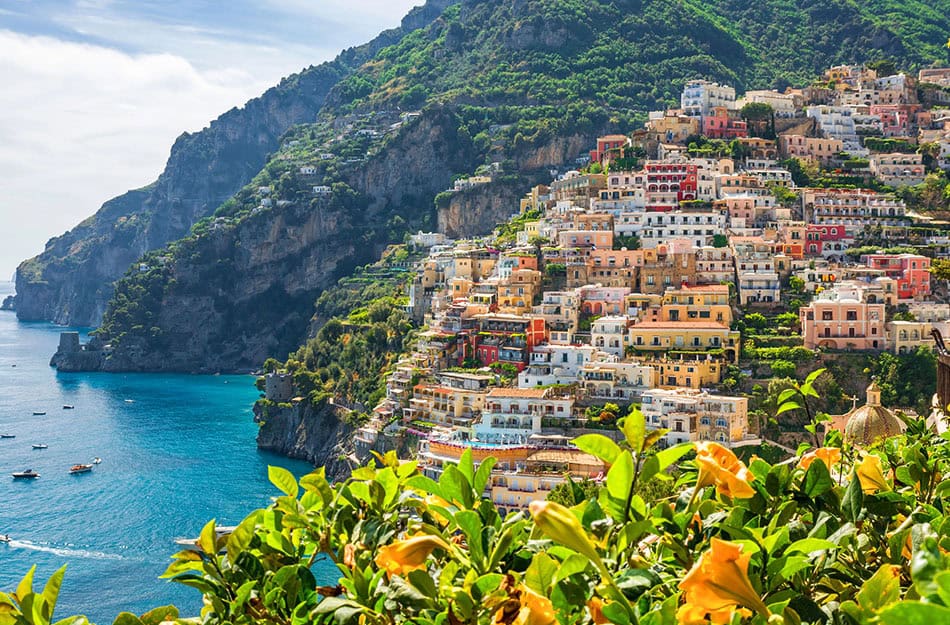

8. Pompeii Archaeological Site: An ancient Roman city preserved by a volcanic eruption.
9. Uffizi Gallery, Florence: A world-renowned art museum showcasing Renaissance masterpieces.
10. Milan Cathedral (Duomo di Milano): An immense Gothic cathedral that serves as a symbol of Milan.
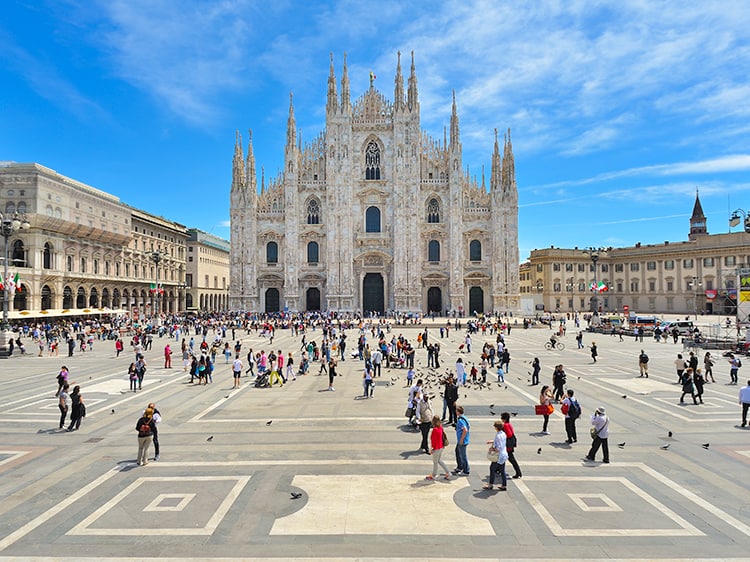

11. Roman Forum: The ruins of ancient Rome’s governmental center.
12. Grand Canal, Venice: The primary waterway of Venice lined with historic palaces.
13. Pantheon, Rome: A remarkably well-preserved ancient Roman temple, now functioning as a church.
14. Cinque Terre: Five charming coastal villages in Liguria.
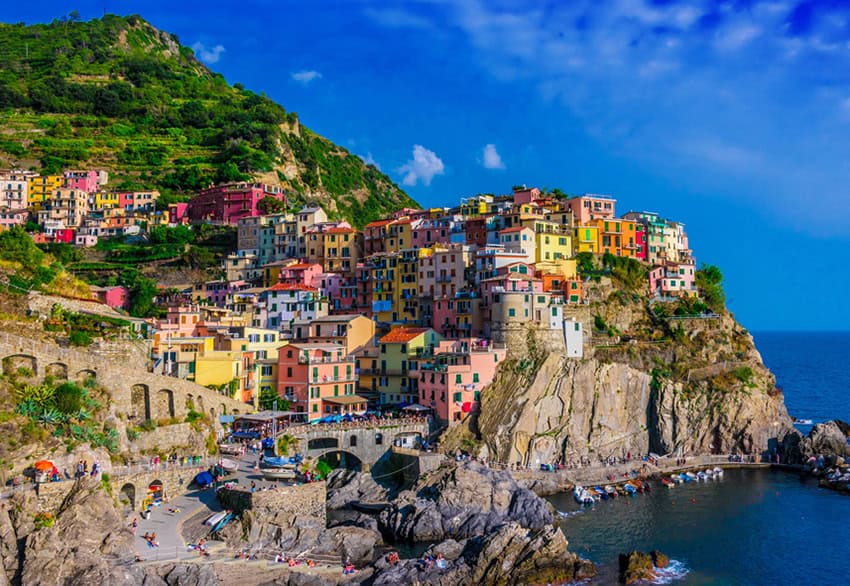

15. Lake Como: A picturesque lake surrounded by stunning mountains and luxurious villas.
16. Piazza San Marco, Venice: The main public square in Venice, encircled by historical buildings.
17. Galleria dell’Accademia, Florence: Home to Michelangelo’s David, this museum is a must-visit.
18. Rialto Bridge, Venice: The oldest bridge spanning the Grand Canal.
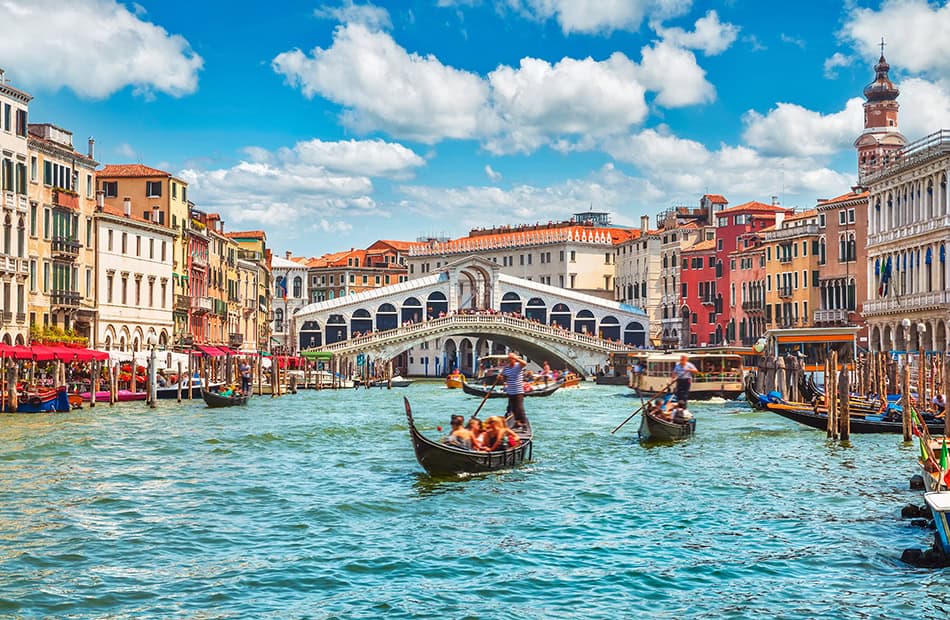

19. Spanish Steps, Rome: A grand staircase linking Piazza di Spagna with the Trinità dei Monti church.
20. Dolomites: An impressive mountain range in northeastern Italy.
21. Piazza del Campo, Siena: A shell-shaped central square famous for the Palio horse race.
22. Basilica of San Francesco, Assisi: A 13th-century church complex dedicated to St. Francis.
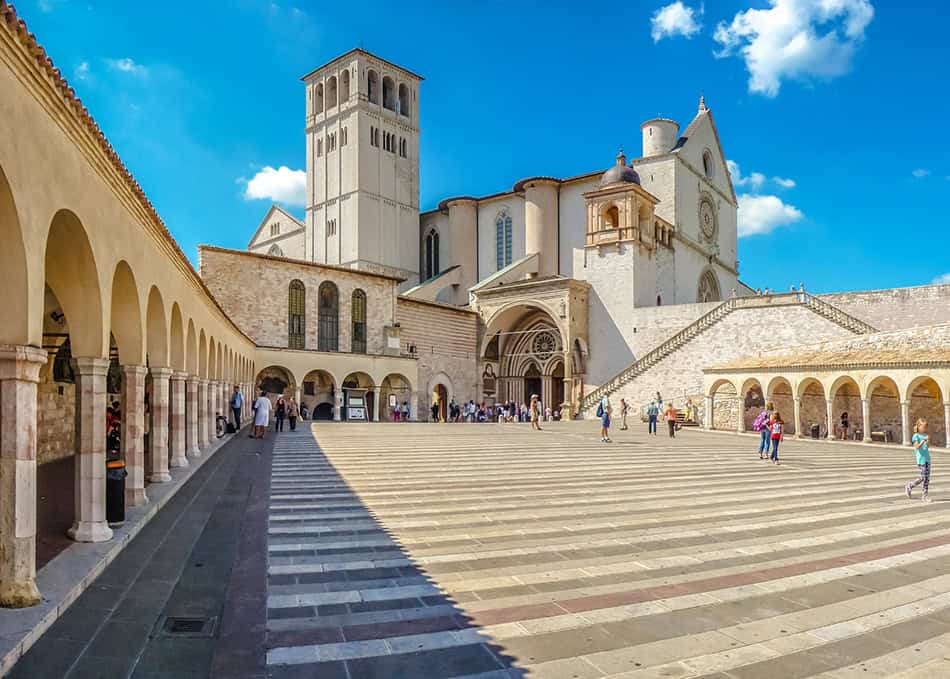

23. Valley of the Temples, Sicily: An archaeological site featuring well-preserved Greek temples.
24. Arena di Verona: An ancient Roman amphitheater still used for opera performances.
25. Sassi di Matera: Ancient cave dwellings located in Basilicata, recognized as a UNESCO World Heritage site.
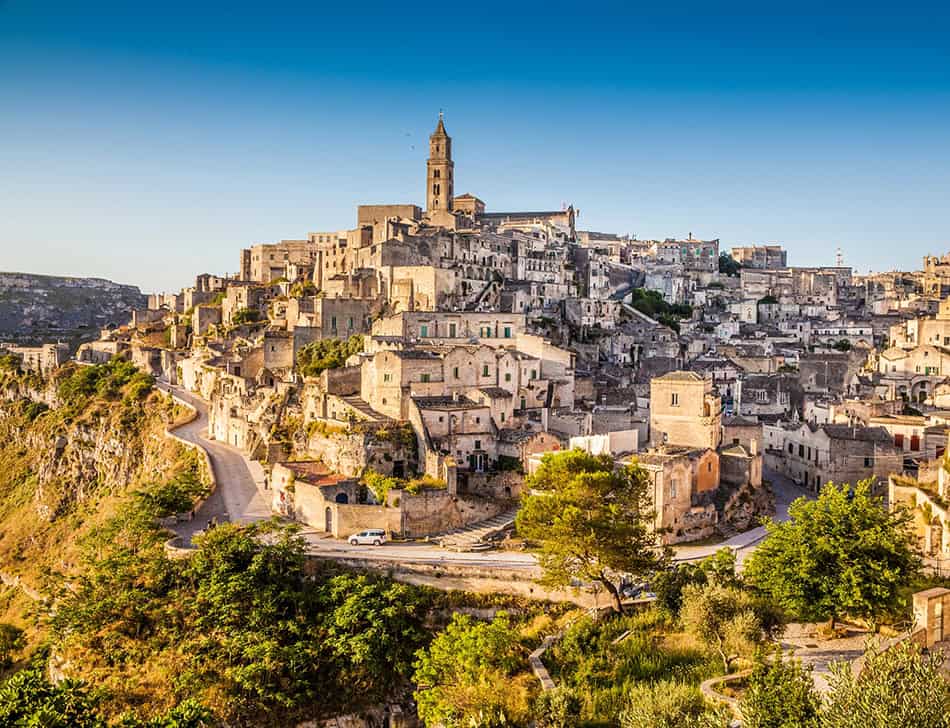

26. Palazzo Vecchio, Florence: This medieval town hall features a distinctive clock tower and contains impressive Renaissance art and architecture.
27. Capri Island: A glamorous island in the Bay of Naples, recognized for its rugged landscape, luxury accommodations, and the Blue Grotto sea cave.
28. Ponte Vecchio, Florence: A medieval stone bridge lined with jewelry shops over the Arno River.
29. Borghese Gallery and Gardens, Rome: An art museum located in a former villa, surrounded by beautifully landscaped gardens.
30. Basilica di San Marco, Venice: A Byzantine basilica famous for its exquisite gold mosaics and unique domes.
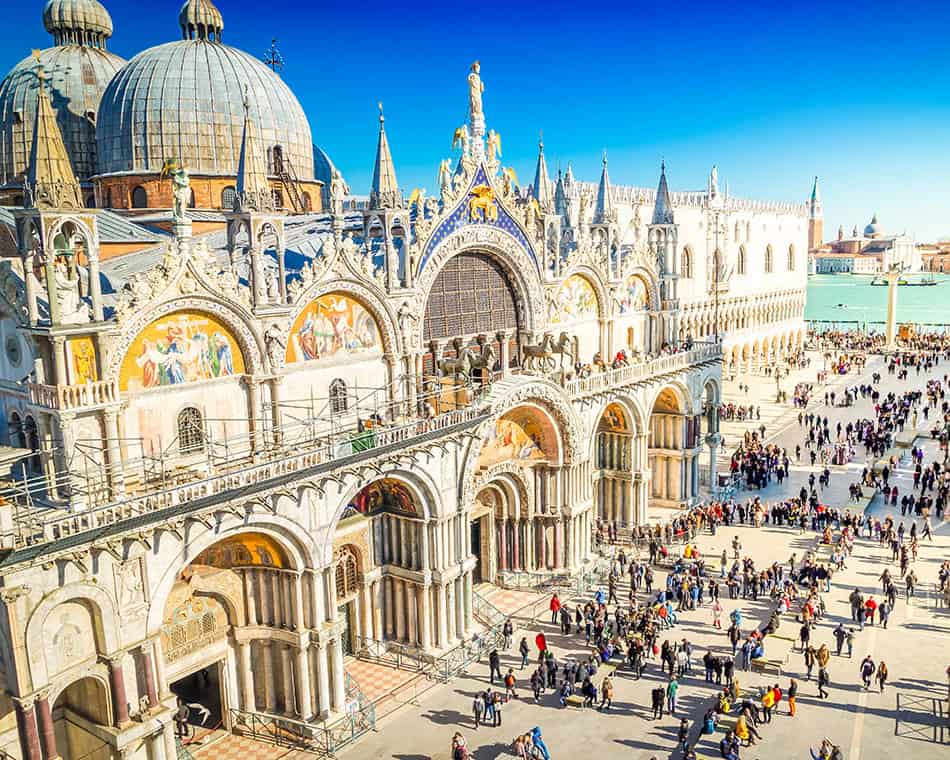

31. Mount Vesuvius: The active volcano near Naples, known for its eruption that destroyed Pompeii and Herculaneum in 79 AD.
32. Santa Maria delle Grazie, Milan: A 15th-century church and Dominican convent housing Leonardo da Vinci’s masterpiece, “The Last Supper.”
33. Boboli Gardens, Florence: Extensive 16th-century gardens behind Palazzo Pitti, adorned with sculptures and fountains.
34. Piazza Navona, Rome: A baroque square known for its beautiful fountains and vibrant street performances, built on the site of an ancient stadium.
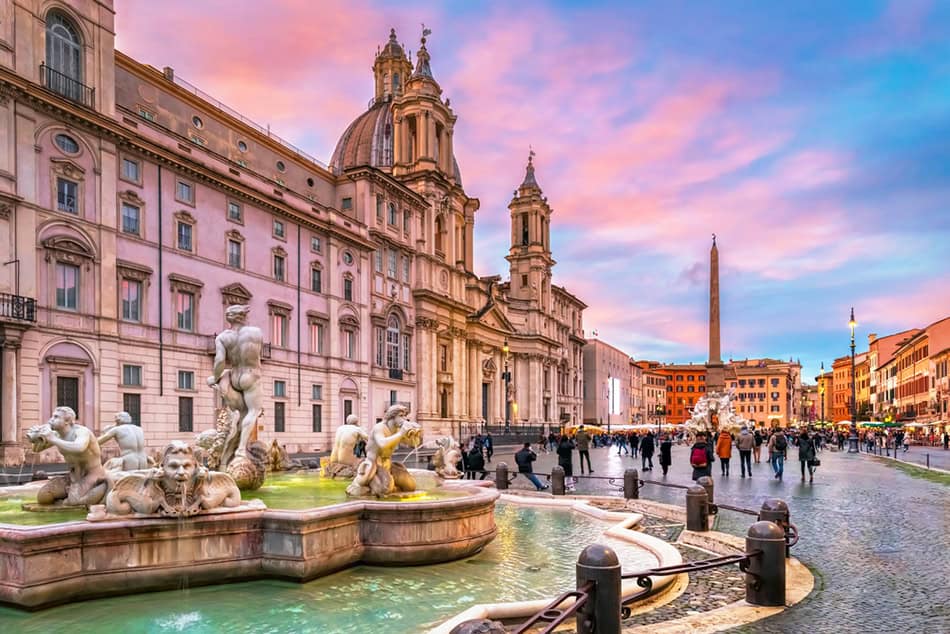

35. Palazzo Pitti, Florence: A Renaissance palace that housed the Medici family and now features several museums.
36. Castel Sant’Angelo, Rome: This cylindrical fortress was originally built as a mausoleum for Emperor Hadrian and later served as a papal fortress.
37. Juliet’s House, Verona: A 14th-century house with a balcony, associated with Shakespeare’s “Romeo and Juliet.”
38. Duomo di Siena: A striking black-and-white marble cathedral known for its intricate floor mosaics.
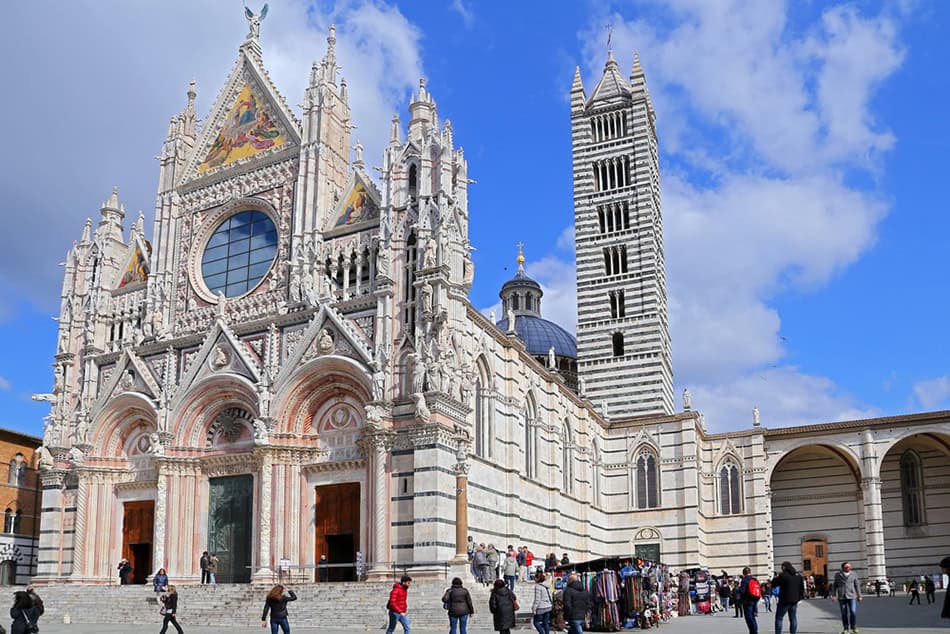

39. Herculaneum Archaeological Site: This ancient Roman town was preserved by the same eruption that buried Pompeii.
40. St. Mark’s Campanile, Venice: This iconic bell tower in St. Mark’s Square offers breathtaking views of Venice.
41. Galleria Borghese, Rome: An art gallery housed in a 17th-century villa, featuring a remarkable collection of sculptures and paintings.
42. Basilica of Santa Maria Novella, Florence: The first significant basilica in Florence, adorned with a striking green and white marble façade.
43. San Gimignano: A well-preserved medieval hilltop town in Tuscany, famous for its tower houses and architecture.
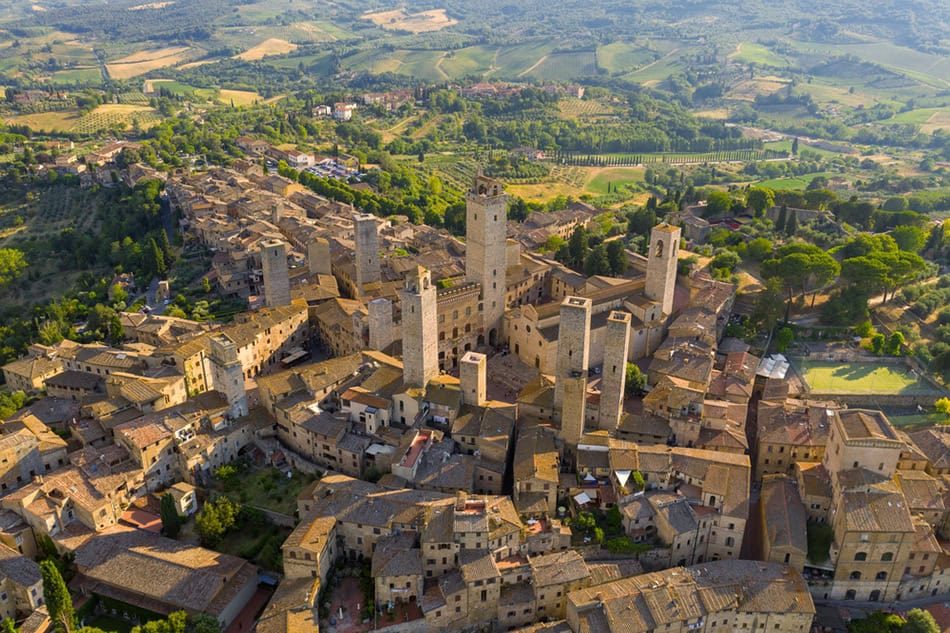

44. Ostia Antica: The well-preserved ruins of ancient Rome’s seaport, providing insight into daily Roman life.
45. Palazzo Ducale, Venice: This Gothic-style palace, once home to the Doge of Venice, is now a museum.
46. Villa d’Este, Tivoli: A 16th-century villa famous for its terraced Renaissance gardens and elaborate fountains.
47. Castello Sforzesco, Milan: This 15th-century castle houses several museums showcasing the city’s history.
48. Orvieto Cathedral: A stunning Gothic cathedral renowned for its elaborate façade and frescoes by Luca Signorelli.
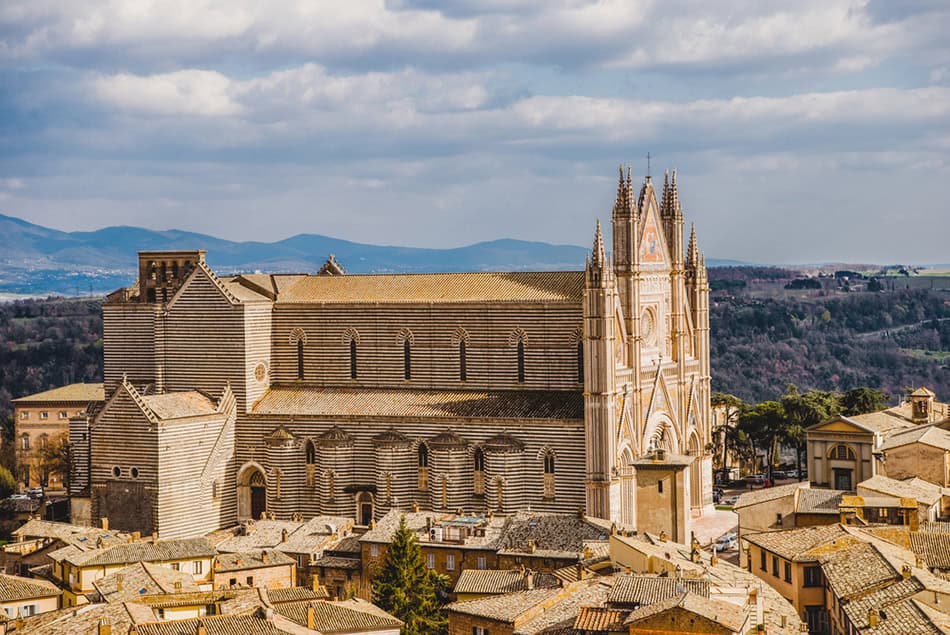

49. Palazzo dei Normanni, Palermo: The Royal Palace of the Kings of Sicily during the Norman domination, now home to the Sicilian Regional Assembly.
50. Basilica di Santa Croce, Florence: Known as the Temple of Italian Glories, this Franciscan church is the final resting place for prominent figures like Michelangelo and Galileo.
51. Piazza dei Miracoli, Pisa: A UNESCO World Heritage site featuring the Leaning Tower, cathedral, baptistery, and cemetery.
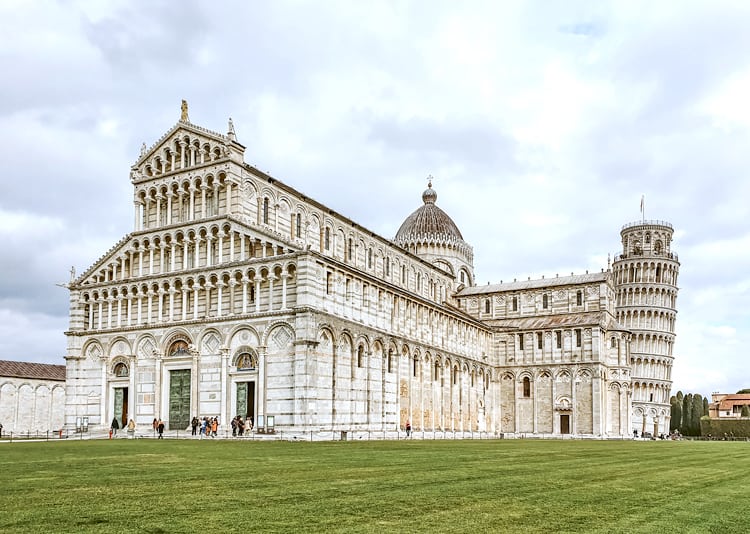

52. Villa Borghese, Rome: A vast landscaped garden that includes museums, attractions, and the Rome Zoo.
53. Castello Aragonese, Ischia: A medieval castle situated on a rocky islet, connected to Ischia Island via a causeway.
54. Castello di Fenis, Aosta Valley: A well-preserved medieval castle, known for its stunning architecture and frescoes.
55. Terme di Saturnia, Tuscany: Natural hot springs that create breathtaking travertine pools.
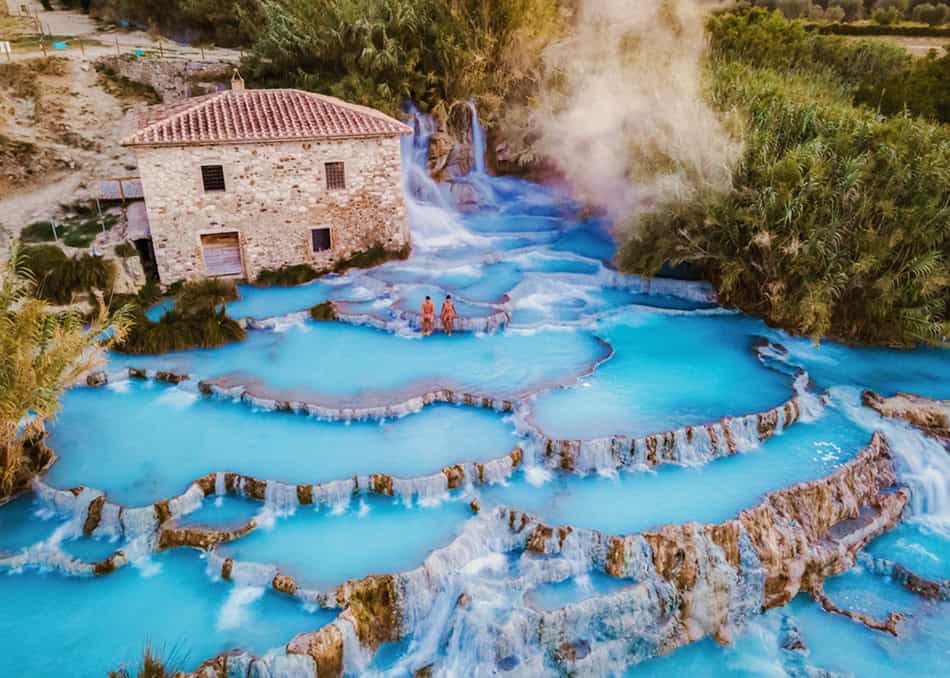

56. Portofino: A picturesque fishing village on the Italian Riviera, renowned for its colorful houses and luxury yacht harbor.
57. Basilica di San Vitale, Ravenna: A 6th-century church celebrated for its stunning Byzantine mosaics.
58. Torre del Mangia, Siena: A 14th-century tower providing magnificent views of Siena and its countryside.
59. Palazzo Reale, Turin: A former royal residence now serving as a museum showcasing royal apartments and art collections.
60. Palazzo Pubblico, Siena: A Gothic town hall displaying significant frescoes and housing a civic museum.
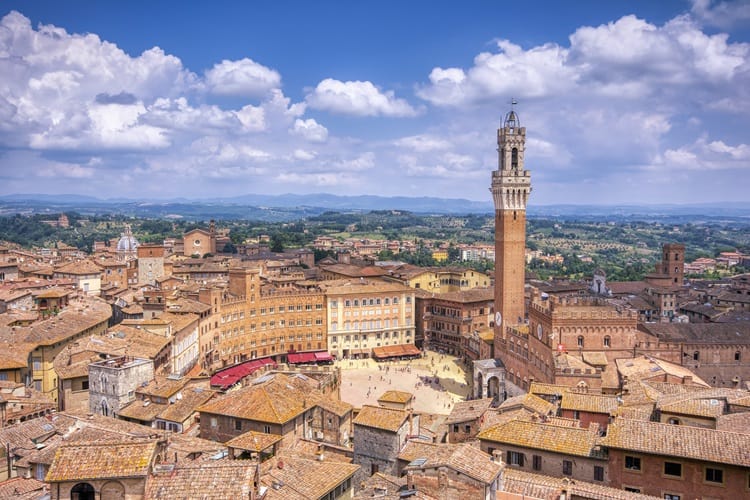

61. Museo Archeologico Nazionale, Naples: A vital archaeological museum holding Roman artifacts from Pompeii and Herculaneum.
62. Castello Estense, Ferrara: A moated medieval castle located in the heart of Ferrara.
63. Castello Scaligero, Sirmione: A 13th-century castle positioned on the banks of Lake Garda.
64. Grotta Azzurra (Blue Grotto), Capri: A stunning sea cave famous for its brilliant blue light.
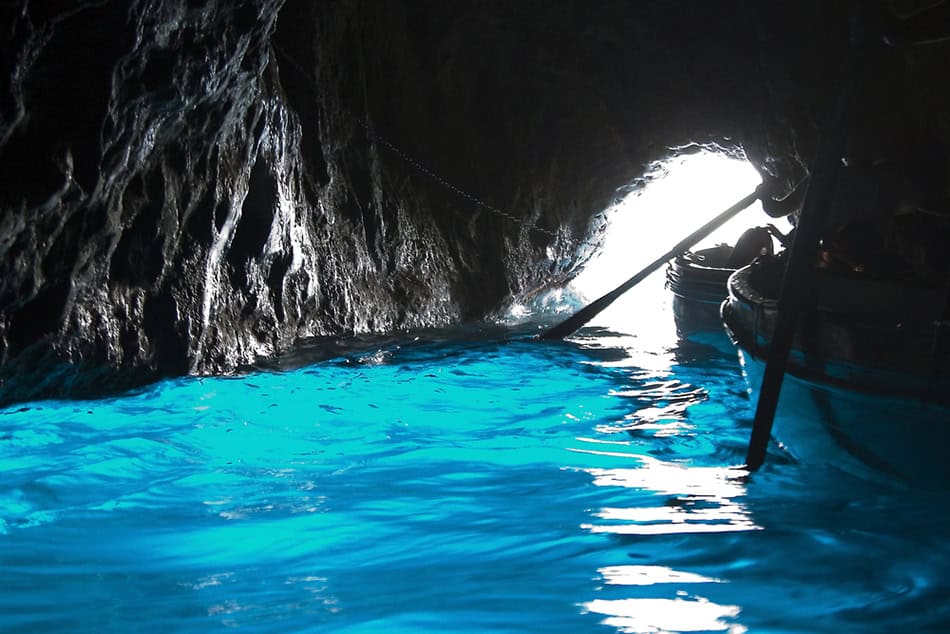

65. Piazza del Duomo, Syracuse: This historic square is surrounded by baroque buildings and the Cathedral of Syracuse.
66. Santa Maria della Salute, Venice: A stunning baroque church built as a votive offering for the city’s deliverance from plague.
67. Basilica di San Lorenzo, Florence: A Renaissance church functioning as the burial place for the Medici family.
68. Lake Garda: The largest lake in Italy, located between Venice and Milan.
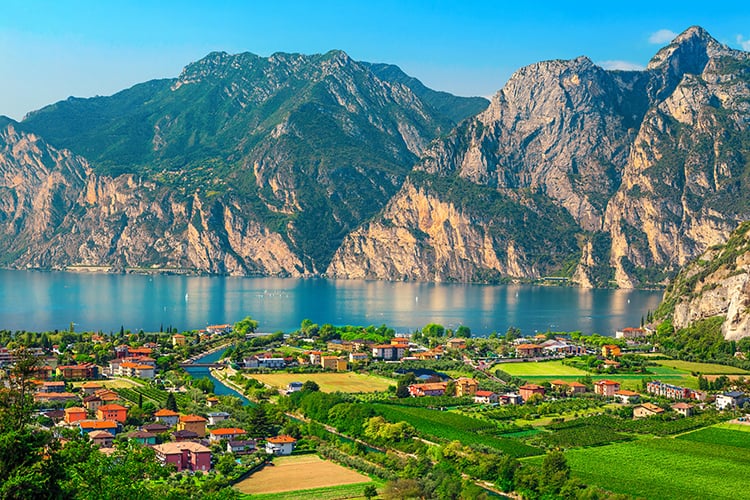

69. Teatro alla Scala, Milan: A world-renowned opera house established in 1778.
70. Basilica di San Miniato al Monte, Florence: A Romanesque church that offers breathtaking views over Florence.
71. Villa Carlotta, Lake Como: An 18th-century villa featuring stunning gardens and an art museum.
72. Palazzo Te, Mantua: A 16th-century palace famous for its remarkable fresco cycles.
73. Procida: A colorful small island in the Bay of Naples, less crowded than its famous neighbors, Capri and Ischia.
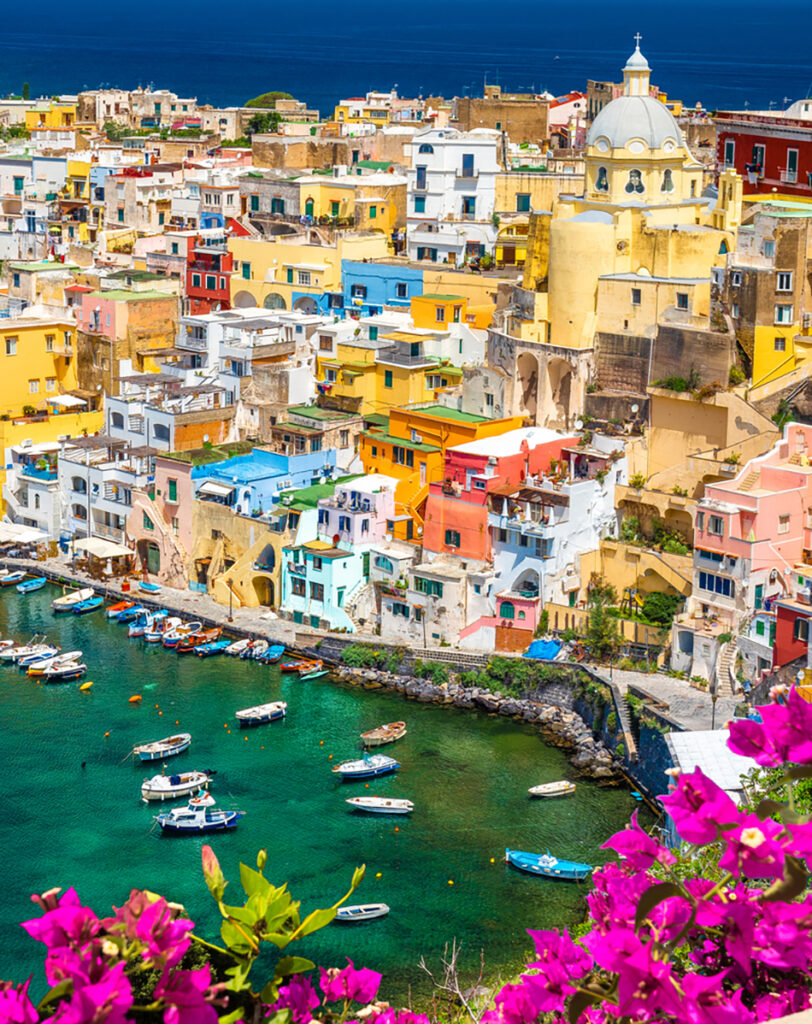

74. Castello del Buonconsiglio, Trento: The largest and most significant castle in the Trentino-Alto Adige region.
75. Basilica di Sant’Antonio, Padua: A 13th-century church dedicated to St. Anthony, a significant pilgrimage site.
76. Palazzo Ducale, Urbino: A Renaissance palace and an important cultural center during the rule of Federico da Montefeltro.
77. Civita di Bagnoregio: An ancient hilltop town known as “the dying city” due to the erosion of its volcanic rock foundation.
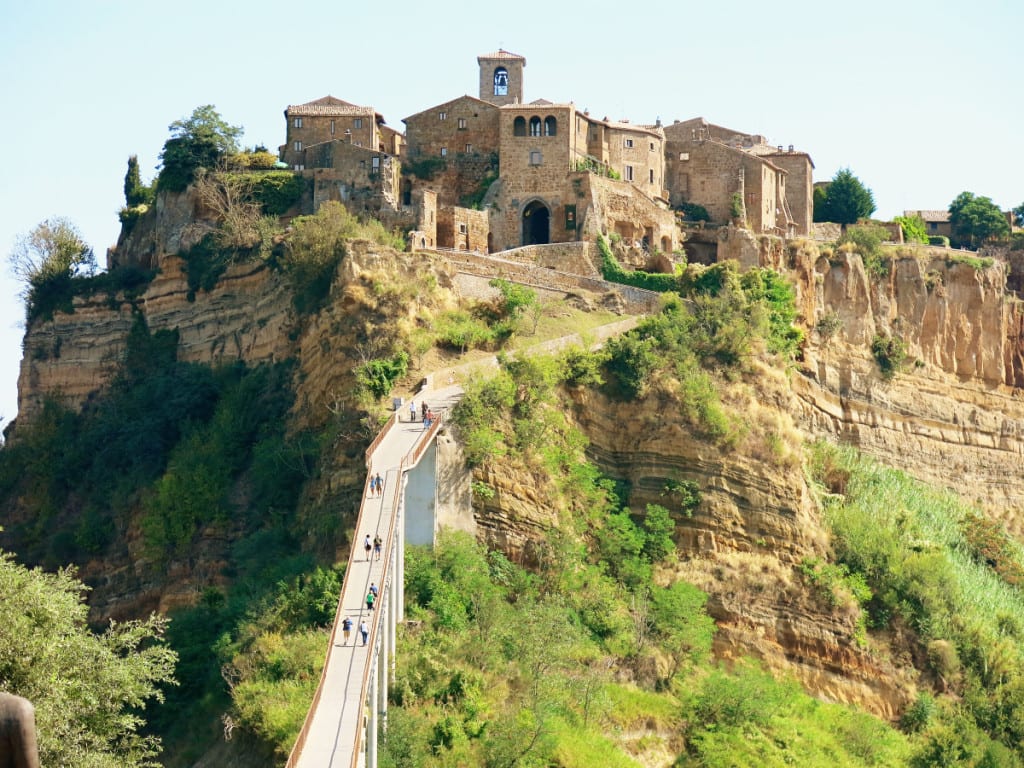

78. Basilica di Santa Maria Maggiore, Rome: A major papal basilica recognized for its exceptional 5th-century mosaics.
79. Tempio Malatestiano, Rimini: A 15th-century church designed by Leon Battista Alberti, featuring stunning architecture.
80. Parco Nazionale del Gran Paradiso: Italy’s oldest national park, famous for its alpine landscapes and diverse wildlife.
81. Palazzo Barberini, Rome: A 17th-century palace that houses the Galleria Nazionale d’Arte Antica.
82. Aeolian Islands (Isole Eolie): A volcanic archipelago located off the northern coast of Sicily, recognized as a UNESCO World Heritage site.


83. Castello Ursino, Catania: A 13th-century castle that now serves as a civic museum.
84. Museo Nazionale del Bargello, Florence: An art museum housed in a former palace known for its Renaissance sculptures.
85. Castello di Sammezzano, Tuscany: An eclectic Moorish Revival style castle featuring colorful interiors.
86. Villa Adriana, Tivoli: A UNESCO World Heritage site with the ruins of Emperor Hadrian’s 2nd-century villa.
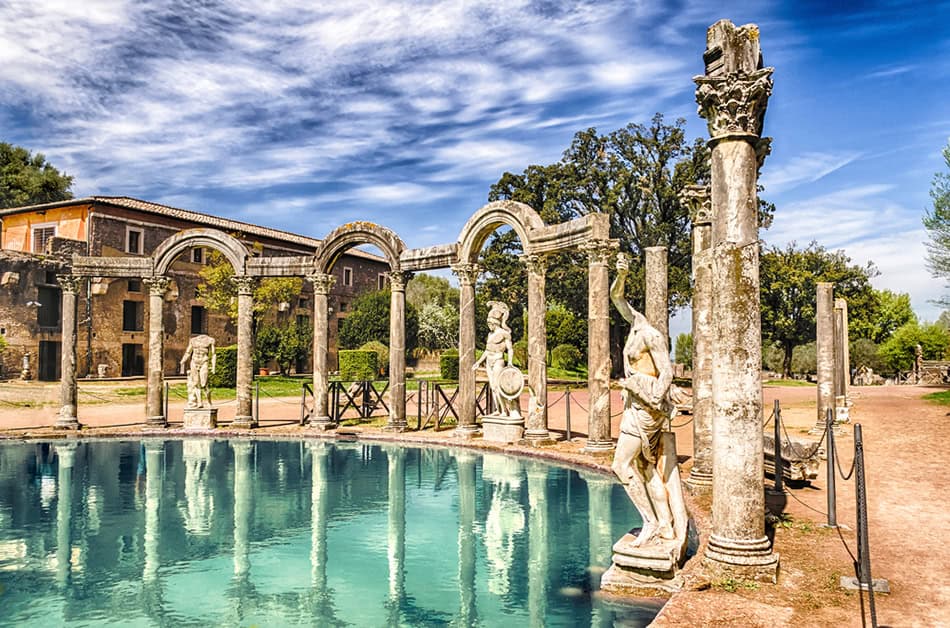

87. Piazza Armerina and Villa Romana del Casale, Sicily: An ancient Roman villa famous for its beautifully preserved mosaics.
88. Palazzo Madama, Turin: A historic palace housing the Museo Civico d’Arte Antica.
89. Certosa di Pavia: A Carthusian monastery known for its stunning architecture and artworks.
90. Alberobello’s Trulli Houses: Unique stone houses with conical roofs, recognized as a UNESCO World Heritage site.
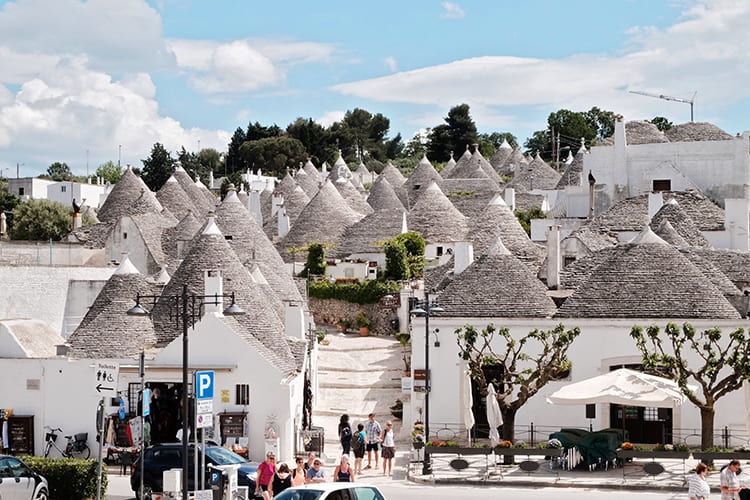

91. Galleria Vittorio Emanuele II, Milan: One of the world’s oldest shopping malls, noted for its glass-vaulted arcades.
92. Basilica di San Petronio, Bologna: The largest brick church in the world, dedicated to Bologna’s patron saint.
93. Teatro Antico di Taormina: An ancient Greco-Roman theater in Taormina, Sicily, dating back to the 3rd century BC.
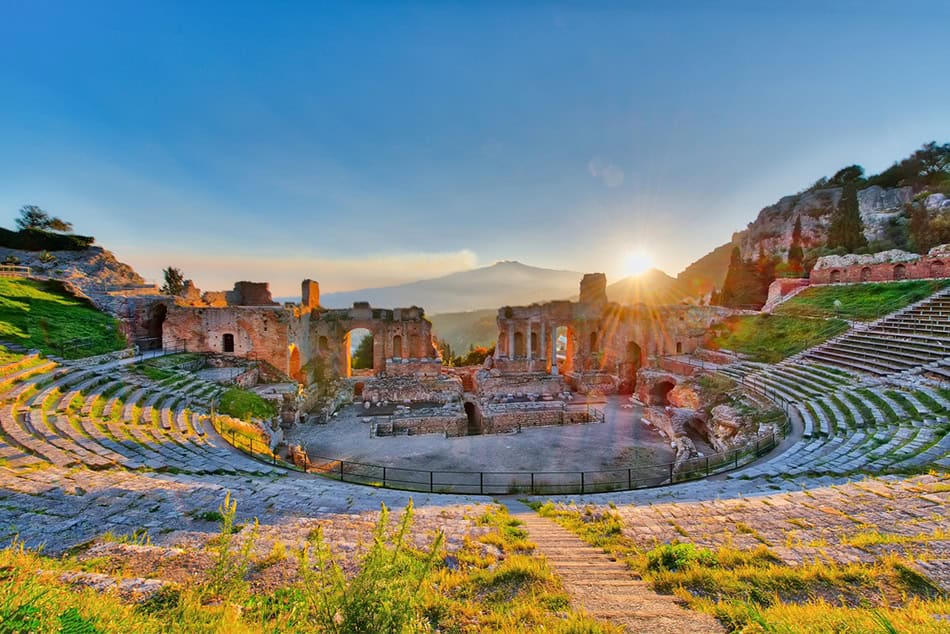

94. Duomo di Monreale, Sicily: A Norman-Byzantine cathedral renowned for its golden mosaics.
95. Forte di Bard, Aosta Valley: A 19th-century fortress located in the Alps, now functioning as a museum complex.
96. Castel del Monte, Puglia: A 13th-century castle celebrated for its octagonal shape and geometric precision.
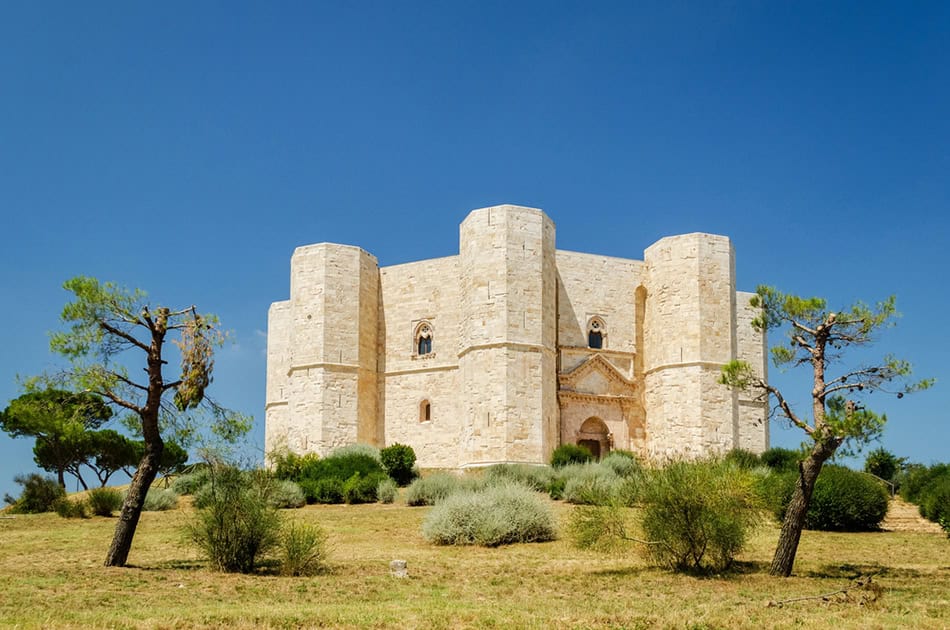

97. Reggia di Caserta: An 18th-century Baroque palace, one of the largest royal residences in the world.
98. Sacra di San Michele, Piedmont: A medieval abbey perched atop Mount Pirchiriano.
99. Valle dei Templi, Agrigento: An archaeological site featuring ancient Greek temples that are remarkably well-preserved.
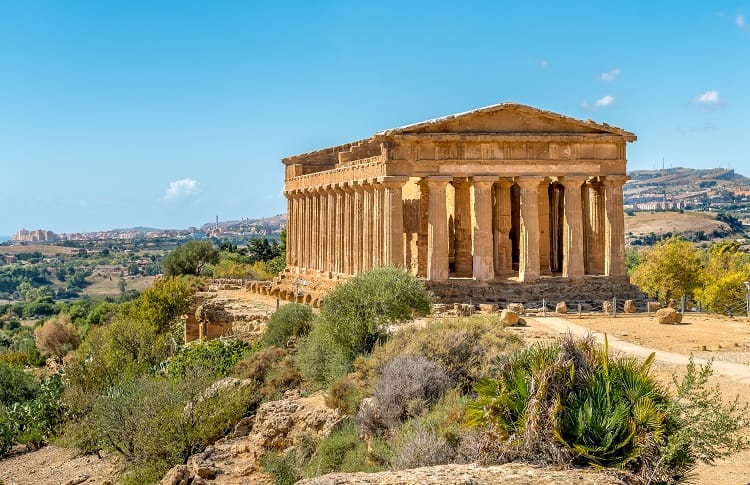

100. Isole Tremiti, Puglia: A picturesque archipelago in the Adriatic Sea, famed for its crystal-clear waters, unspoiled beaches, and protected marine reserve.
Final Thoughts on The Best Attractions in Italy
What makes Italy so popular? The answer lies in its rich tapestry of history, art, and natural beauty. From the ancient ruins of Rome to the serene canals of Venice, Italy’s top 100 attractions provide a captivating journey.
Whether you’re captivated by iconic landmarks like the Colosseum, the charming coastal towns of the Amalfi Coast, or the hidden treasures of Sicily, Italy’s diverse array of attractions ensures unforgettable experiences for every traveler.
Are you ready to plan your Italian adventure? Check out our comprehensive Italy travel guide for insider tips, itinerary suggestions, and more detailed information on these attractions and many more.



